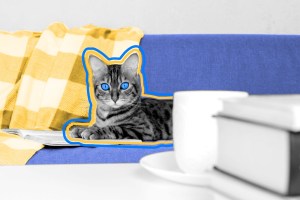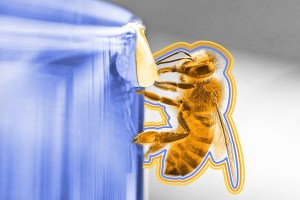
Numbers Don't Lie

The word “caricature” comes from the Italian verb “caricare,” which means “______.”

Ready to reveal?
Confirm your email to play the next question?

The word “caricature” comes from the Italian verb “caricare,” which means “to load.”

A computer programmer built an algorithm for finding Waldo in “Where’s Waldo?”
When it comes to hiding secrets in illustrations, nothing compares to Where’s Waldo? First published in Britain in 1987 under the title Where’s Wally? (it’s still called that in the U.K.), this famous series of books follows the bespectacled and candy cane-colored Waldo through various adventures as he hides among artist Martin Handford’s amazingly detailed illustrations. “As I work my way through a picture, I add Wally when I come to what I feel is a good place to hide him,” Handford once told the publisher Scholastic. Because Waldo’s location is random in all the original 68 illustrations in Handford’s original seven books, any sort of sleuthing strategy seems impossible. Well, almost impossible. In 2015, a doctoral student named Randal Olson from Michigan State University’s High-Performance Computing Center developed a computer algorithm for locating Waldo. By performing a “kernel density estimation” on Waldo’s 68 locations, Olson developed a few simple tips. For example, Waldo never appears in the top left corner, bottom right corner, or near the edges of either page. Then, Olson developed an algorithm for scanning a typical Waldo spread, including step-by-step processes for which parts of the page to scan first. When the algorithm was put to the test, Olson says he spotted Waldo in most spreads in less than 10 seconds. However, some “outlier” illustrations took a bit longer, proving Waldo can still stump both man and machine.















